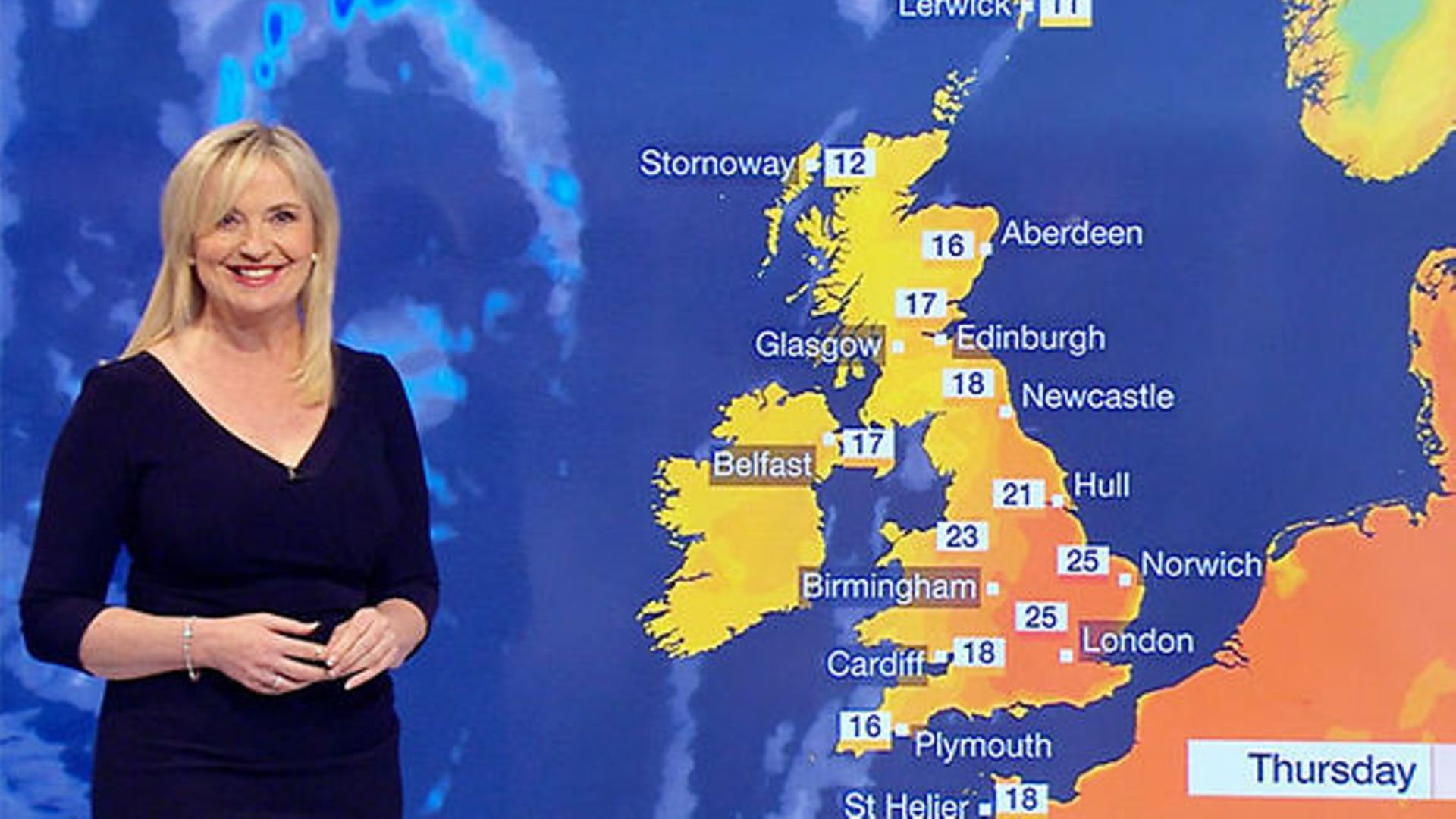
PETER TRUDGILL on the fascinating origins of Fahrenheit and Celsius – and how different things might have been.
Many Americans endure a reputation for an apparent lack of regard for the rest of the world. Regardless of whether it is deserved or not, it remains the fact that the USA is the only nation on earth, apart from the Bahamas, the Cayman Islands, and Liberia, which does not use the Celsius scale for measuring temperature. Instead, they use the Fahrenheit scale.
This scale used to be employed here in Britain as well. Those of us over a certain age grew up with the Fahrenheit system and have changed to using Celsius over the last several decades. Speaking for myself, I now have little trouble with the ‘new’ system, though my recollection is that it was initially much easier to adopt the Celsius system in connection with temperatures which were below freezing. It was intuitively rather simple to cope with the idea that -5°C represented five degrees of frost, much more so than working out that 23°F represented nine degrees below freezing.
The inventor of the Fahrenheit scale was the German-speaking physicist Daniel Fahrenheit. His grandfather had come from Kneiphof, a central area of the mostly Low German-speaking town of Königsberg, which is now Kaliningrad and no longer part of Germany. In fact the town now lies in the Russian-speaking Kaliningrad exclave of Russia, which is surrounded by Lithuania, Poland and the Baltic Sea.
Daniel Fahrenheit himself was born in 1686 in the Low German-speaking town of Danzig, which is now Polish-speaking Gdansk. He spent much of his active life working in and travelling out from his base in the Dutch-speaking Netherlands – he visited England in 1724 and became a Fellow of the Royal Society. He died in The Hague in 1736.
Anders Celsius, pictured, was an 18th century Swedish physicist who was 15 years younger than Fahrenheit. In 1742, when he was professor of astronomy at Uppsala University, he introduced the very rational Centigrade 0°-100° temperature scale, which is based on the freezing and boiling points of water.
Anders came from a southern Swedish family, but his surname, Celsius, does not sound very much like a Swedish-language name – and it isn’t. At a time when most Scandinavian people did not have surnames as such, instead using patronymics like Andersson and Pettersson which changed from generation to generation, it became the practice amongst the clergy, academics and members of the gentry to invent impressive Latin-style family names for themselves.
The surname of the Swedish-speaking composer Johan Sibelius is a Latin-style name derived from the name of the family estate, Sibbe, in southern Finland. And the family name of the famous Swedish taxonomist Carl Linnaeus derives from the Swedish word for ‘lime tree’, linn, modern Swedish lind. Linnaeus’s father, a Lutheran priest, took the name from the family property in Småland, which was called Linnagård ‘lime-tree farm’ after a giant lime-tree which grew on their land.
But Celsius is an even less Swedish name than Linnaeus. It was derived from the Swedish name of the family homestead in central Sweden, Högen, ‘the mound, hill’, which was then translated into Latin as celsus, ‘high, elevated’. (The Celsius and Linnaeus families were acquainted with each other, Anders being the nephew of an important benefactor of Linnaeus.)
The Latinisation of family names was by no means an exclusively Swedish practice. The Polish mathematician and astronomer Mikołaj Kopernik (born 1473) was better known by his German first name, Nikolaus, and the Latinised version of his family name, Copernicus. And Stradivarius violins were crafted by an Italian instrument maker whose real name was Antonio Stradivari.
The Centigrade scale ultimately came to be known as the Celsius scale, in honour of the Latinised name of its Swedish inventor, but if it had not been for that fashion for Latinisation, everybody today might be operating with the Högen temperature scale rather than the Celsius. Except for
the Americans, of course.
Warning: Illegal string offset 'link_id' in /mnt/storage/stage/www/wp-includes/bookmark.php on line 357
Notice: Trying to get property 'link_id' of non-object in /mnt/storage/stage/www/wp-includes/bookmark.php on line 37







